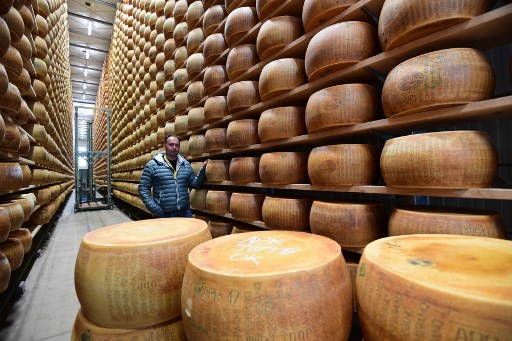(Written in Casa Angletto’s book - thank you John and Siobhon O'Neill)
Angelo and Marisa: 11-12-2007 - Dinner at their home:
“The story of Montemigiano is the story of my family, their friends, and the whole region. It’s a story full of famine war and hard labor.”
Marisa and Angelo told us that before 1917, the campanile had a large clock with men who stuck the bell - all run by a huge stone weight. The clock was damaged in 1917 and sent to Lucca for repair, never to be seen again.
Angelo’s father (or grandfather?) fought in WWI from the rear seat of a bi-plane — dropping bombs by hand. The American’s entering the war was a blessing because they supplied food to starving Italian soldiers.








